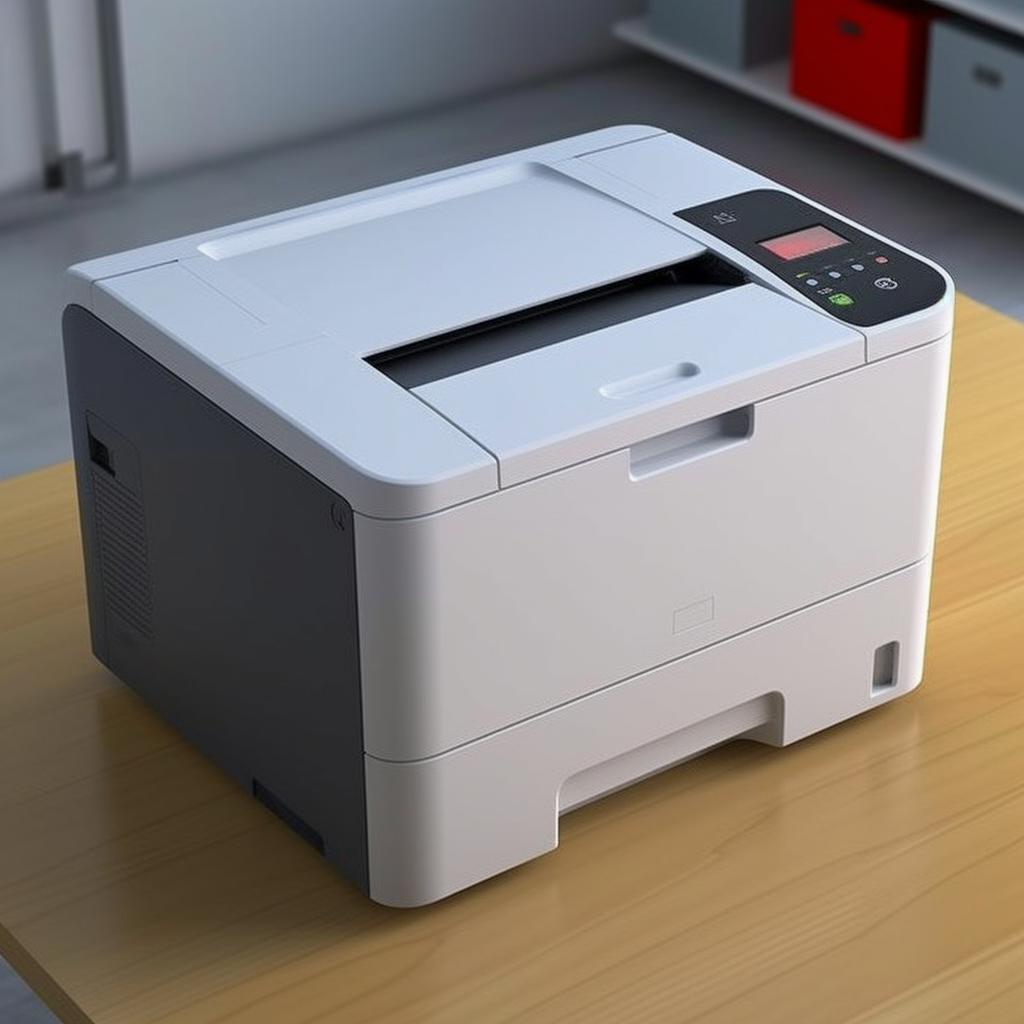
Laser printer is a common printing equipment in our daily life and work, which is widely used and favored with high-speed and high-quality printing effect. But are you curious about how a laser printer works? In this article, we will explore how laser printers work.
The laser printer uses a technique called electrostatic imaging to generate images and convert it into a printout. Here are the steps for the laser printer:
Image processing:
First, the files you need to be printed are sent to the laser printer via a computer or other equipment. The printer’s internal processor interprets the file and transforms it into a format that the printer can understand.
Charging:
Before the printing process begins, the photosensitive coating on the printer’s photosensitive drum surface is charged electrostatically. This charging process leaves the surface of the photosensitive coating with a uniform positive charge.
Laser irradiation:
Next, the laser printer uses a laser beam to scan the surface of the photosensitive drum. The laser beam is reflected to the position of the surface of the photosensitive drum and is precisely controlled here by a component called the laser scanning unit.
Charge removal of the photosensitive drum:
When the laser beam hits the surface of the photosensitive drum, the charge of the photosensitive coating is removed. The irradiation of the laser beam will make the part of the photosensitive coating with a negative charge, in contrast to the surrounding positive charge.
Toner adsorption:
After the surface of the photosensitive drum is illuminated by a laser beam, the toner will be sprayed on the surface of the photosensitive drum. Due to the already negatively charged areas on the photosensitive drum, the toner will be adsorbed to these areas, forming a temporary powder pattern of the image.
Transfer printing:
Next, the photosensitive drum will make contact with the printing paper. Through the action of heat and pressure, the toner is transferred from the photosensitive drum to the printing paper to form the final printout.
Fixation:
Finally, the printing paper passes through the stationary unit of the laser printer, usually a heating roller or laser holder. This process will firmly combine the toner with the print paper, ensuring the durability and durability of the printout.
To sum up, the laser printer works by producing a print output through laser irradiation, charge removal of the photosensitive coating, toner adsorption, and transfer printing steps. This technique of electrostatic imaging enables laser printers to print documents and images at high speed and with high quality.
The laser printer works by providing us with a fast, accurate and reliable printing solution. It is widely adopted in the office environment and personal use, providing us with clear, sharp printing quality. By understanding how laser printers work, we can better understand and utilize this technology to meet our printing needs.